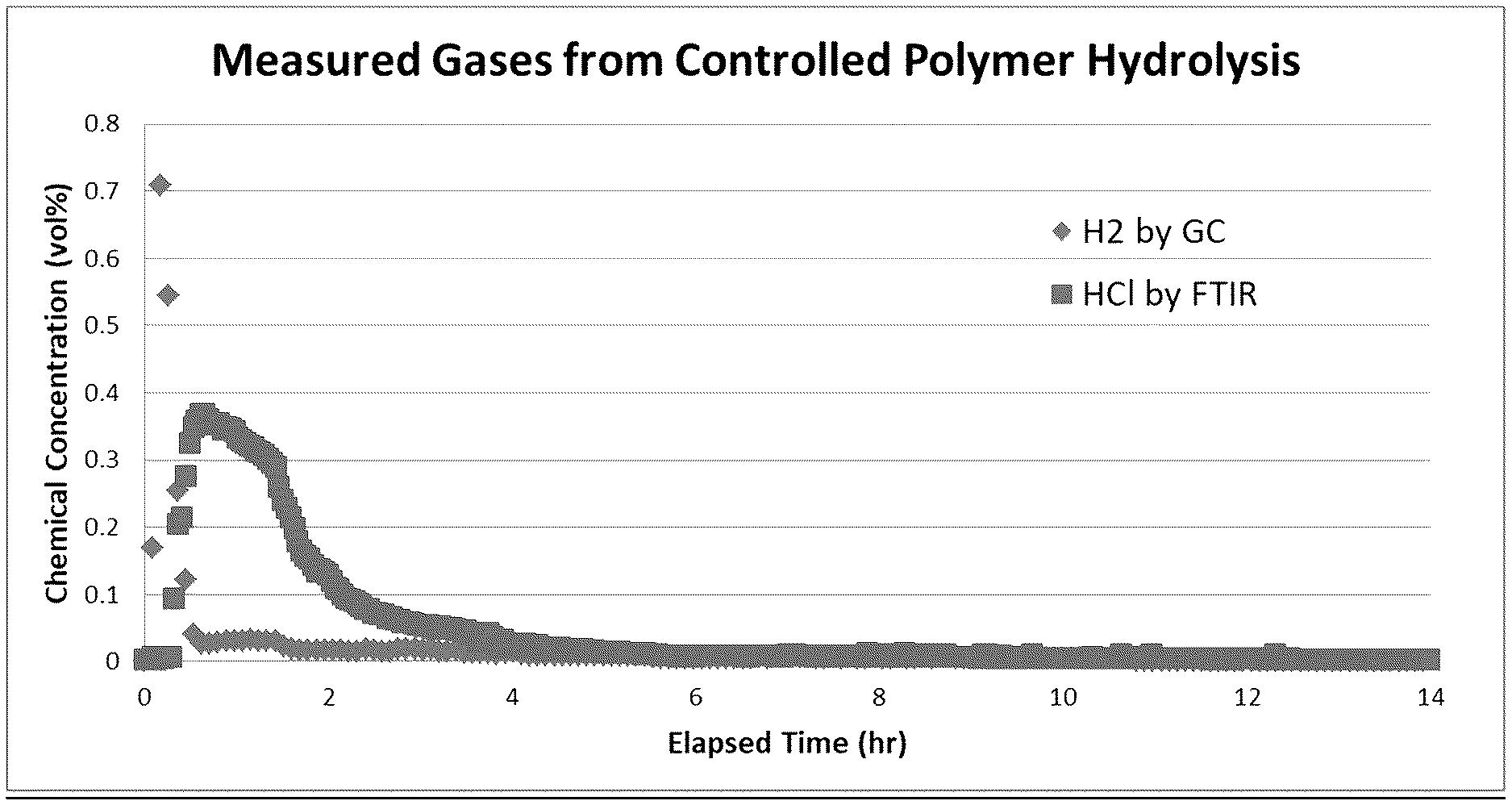Mitsubishi Materials has patented a polymer handling method for polycrystalline silicon manufacturing. The method involves hydrolyzing silicon polymers to prevent the formation of a sensitive layer, followed by inactivation, removal, and disposal of the polymer. The process ensures the polymers are humidified and treated effectively. GlobalData’s report on Mitsubishi Materials gives a 360-degree view of the company including its patenting strategy. Buy the report here.
According to GlobalData’s company profile on Mitsubishi Materials, Ceramic membrane fuel cells was a key innovation area identified from patents. Mitsubishi Materials's grant share as of April 2024 was 39%. Grant share is based on the ratio of number of grants to total number of patents.
Polymer handling method for polycrystalline silicon manufacturing device

A recently granted patent (Publication Number: US11958022B2) discloses a polymer handling method specifically designed for silicon polymers produced as byproducts in the manufacturing of polycrystalline silicon. The method involves sealing a vessel containing the silicon polymers to prevent gas or fluid leakage, filling it with an atmosphere containing a specific oxygen concentration and a hydrolyzing gas with a precise moisture content and temperature range to humidify the silicon polymers. The patent outlines various specific conditions and parameters for the handling process, including the selection of inert gases, flow rates, and moisture levels to achieve optimal humidification of the silicon polymers.
Furthermore, the patent extends the polymer handling method to a polycrystalline silicon manufacturing device, detailing the steps involved in treating the device with pressurized water to collect diluted polymer waste and subsequently removing wastes from the water. Additional measures such as covering exhaust port openings with threaded polytetrafluoroethylene (PTFE) caps and implementing a nitrogen purge on the exhaust system are also described. The method emphasizes the importance of maintaining specific conditions within the manufacturing device, such as oxygen concentration, hydrolyzing gas moisture content, and temperature range, to effectively humidify the silicon polymers. Overall, the patent provides a comprehensive guide for handling silicon polymers in both sealed vessels and manufacturing devices to ensure efficient and controlled humidification processes.
To know more about GlobalData’s detailed insights on Mitsubishi Materials, buy the report here.
Data Insights
From

The gold standard of business intelligence.
Blending expert knowledge with cutting-edge technology, GlobalData’s unrivalled proprietary data will enable you to decode what’s happening in your market. You can make better informed decisions and gain a future-proof advantage over your competitors.



